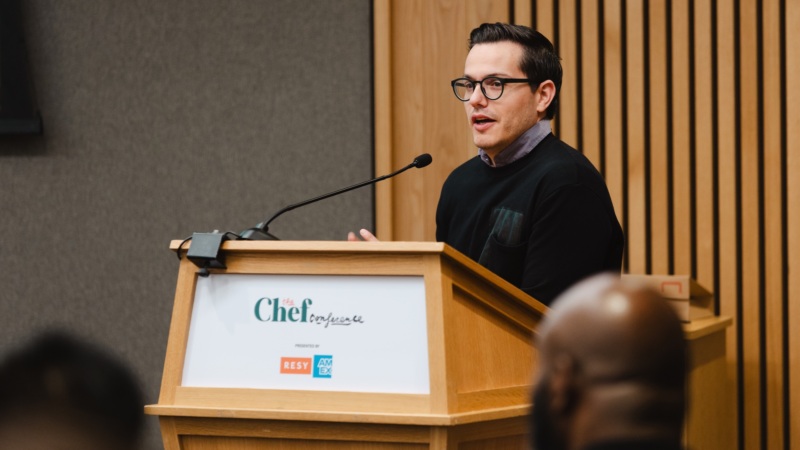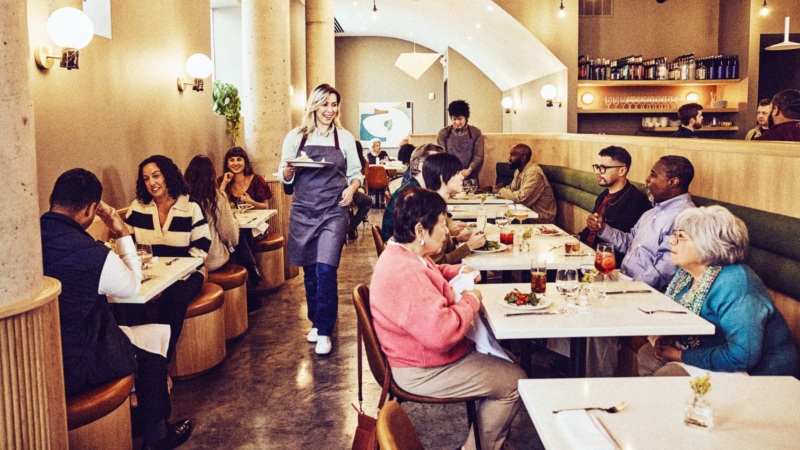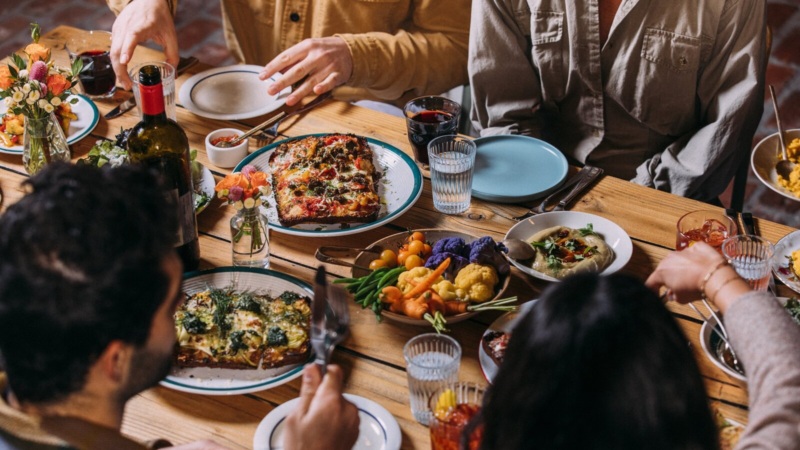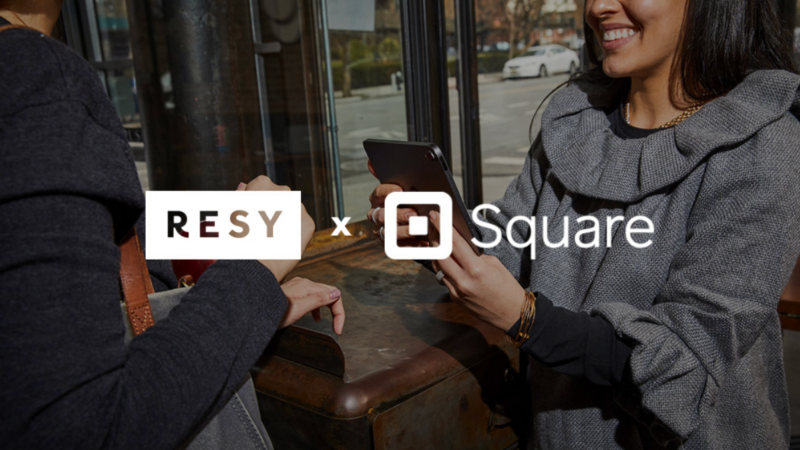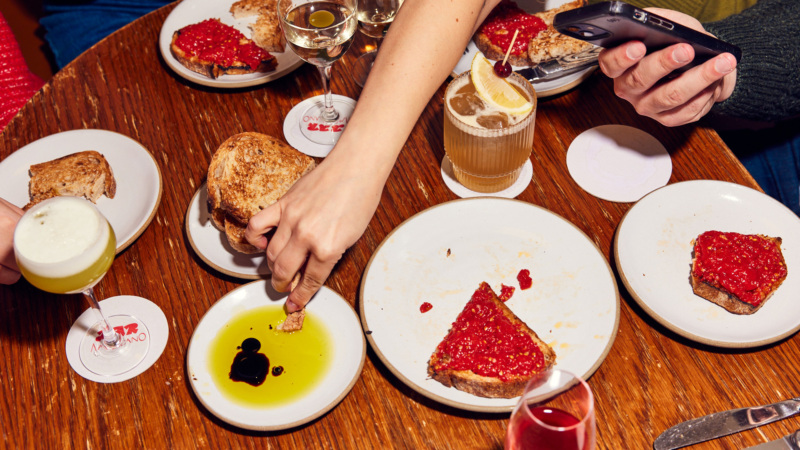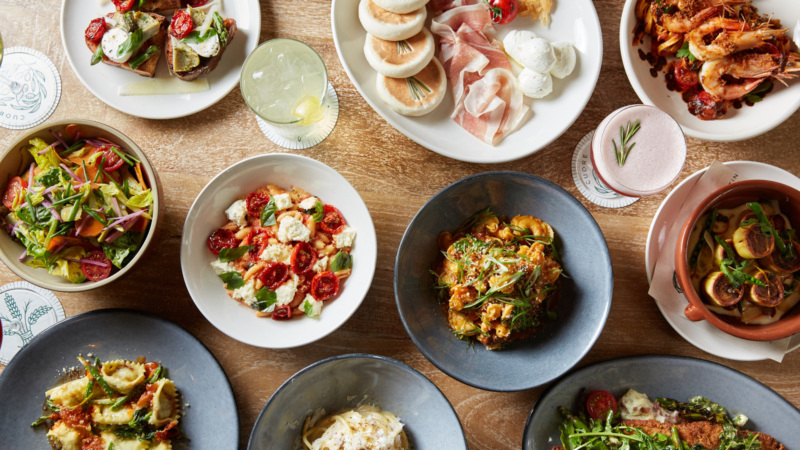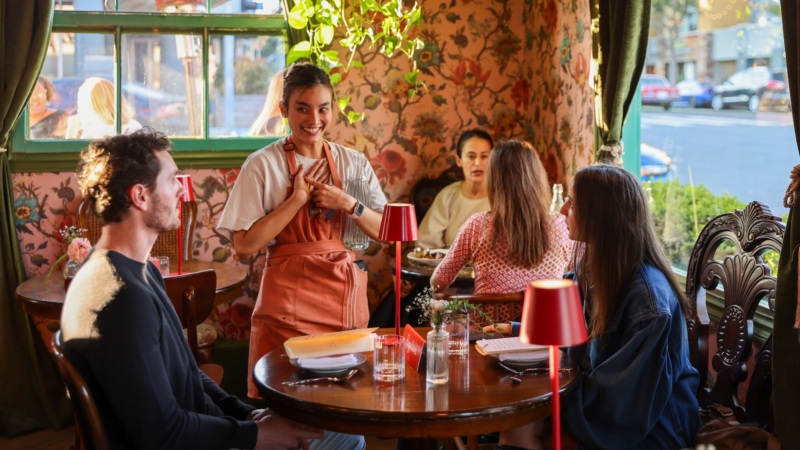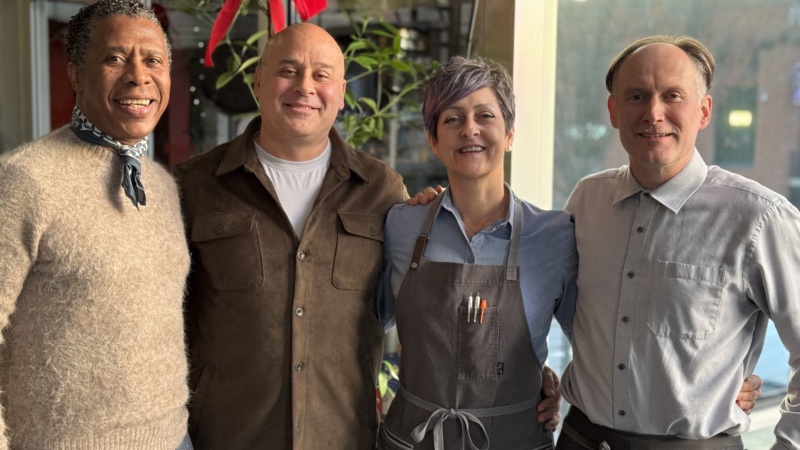

How to Make it Work: Instagram for Restaurants
Published:
As the Social Content Manager for Resy, I spend a lot of my time thinking about how I can best communicate who we are to diners all over the world through our Instagram posts. Before landing here, I spent several years working for public relations and social media agencies, finding the best copy, images, and videos to represent my restaurant clients. Although it can feel like the social platform landscape gets more crowded every day (I’m still learning TikTok), Instagram is still the best app to showcase the look and feel of your restaurant and its offerings to diners. So, if you’re a Resy restaurant partner, click here to learn how to setup the Resy + Instagram integration before reading on.
Because of Instagram’s visual-forward layout, it provides the most opportunity to open the curtain for local eaters to see the atmosphere and food in your restaurant, and also to better understand what other experiences (like Resy at Home) are available. But just like an undercooked or burnt roux can ruin a good sauce, an overproduced or sparse Instagram account can backfire. That’s why I’ve compiled a list of best practices to help your restaurant successfully navigate the waters of social media.
Get an Early Start
One of the biggest mistakes I’ve seen new operators make is waiting until their restaurant is open to start an Instagram account. They’re missing out on the opportunity to introduce themselves to the community and build buzz, which can lead to a successful opening. A new restaurant should create an account as soon as its name and branding are locked in.
Once you’ve got an account, post something! Don’t worry too much about what you post; what’s important is that you give users something to see. You can always change it later if you decide to make edits to your logo or images.
A strategy that I recommend for a first post is a six- or nine-square image. This can be done by taking an image of your restaurant, food, branding, or staff and breaking it into six or nine equal pieces. This article from Social Media Examiner provides step by step instructions and recommendations for apps that can do this for you.
Examples: Torien and Francis & Staub in New York City


Avoid Obsessing Over Follower Count
Another logic trap I see restaurants fall into is focusing too much on follower accumulation. Although it matters a little to have some followers, this isn’t the end-all, be-all metric for Instagram for restaurants. Having worked in this space for many years, the restaurants that do it best are the ones that accurately represent their neighborhood and their small part of the world. That’s why having a big national follower account is not necessarily important. What’s more valuable is capturing the people in your area to come visit you again and again.
To start getting the right kinds of followers, don’t be afraid to call on friends in the industry and ask them to follow your new account. Get more people to come to your page by commenting on posts by other local businesses that you admire. Tag local media and respond to any DMs from potential customers.
Invest Time into Content Creation and Curation
It’s important to find an authentic voice that makes sense for your restaurant and then commit to it. If you run a sophisticated French bistro, think twice before reposting the latest viral meme: Diners can smell inauthenticity and pandering from a mile away. When looking for content to post, start with images of the food and atmosphere and then look towards your people. I love when restaurants showcase their staff, from talented executive chefs to hard working barbacks. When you’re able to create real characters that exist within your space, this resonates with your followers and makes them feel like they’re seeing you as a friend and not as a company.
In the current Instagram landscape, people are way more engaged on Instagram Stories (short clips that disappear after 24 hours) than they are on regular posts. A great way to use video in your Instagram is by asking a member of your staff to do a “takeover” — showing their experience in the restaurant and allowing your followers to see the restaurant through their eyes. Don’t get hung up about the production quality; it does not need to be super edited or highly polished. It should look and feel just like any other friend’s post to build audience trust and relatability.
Reposting user generated content also goes a long way in showing diner appreciation and growing your brand. If you’re feeling short on content inspiration, showing some love for other restaurants and organizations in your area is a great way to build your reputation. Highlight local events for good causes to show your diners what you value. Use hashtags to insert yourself into the conversations around dining, but don’t go overboard; five to eight hashtags is plenty! Use a mix of hashtags about the content you’re posting, your own restaurant’s hashtag, and any popular local food media tags.
Consistency is King
Keeping up with a consistent flow of posts and interactions is key. While Instagram would like you to be on it all the time, that’s not realistic for a busy restaurant operator. I usually recommend 30 minutes per day to sit down, engage, respond to comments, respond to stories, scroll through your feed, and comment on other posts that do something similar to you. It can be a little tedious, but you can do this at any time during the day or night. It also doesn’t have to be 30 straight minutes — feel free to break it up.
A good rule of thumb for Instagram for restaurants is to publish three photos and four stories per week. At the absolute bare minimum, you should never go longer than a week without any new content, or else diners might wonder if you’ve closed. Posting daily specials or virtual experiences is an easy way to hit those goals if you’re struggling.
Example: Four Horsemen in Brooklyn


Don’t Overspend
Another common misconception about social media is that you have to throw a lot of money at it for it to be effective. A $5 paid post can reach 3,000 to 4,000 more people than an organic post. For a new restaurant, it’s valuable to devote about $50/month in paid posts before and during your opening to drive awareness and improve restaurant visibility. Thanks to Instagram’s ability to serve hyper localized advertising, you can specifically target who will see your ad and spend your marketing dollars wisely. If you’re running an event or series, paid Instagram ads can also be useful to drive ticket sales.
Another reason to consider a paid post is if you want to use Instagram’s “Swipe Up” capability to add a link directly to a post. This eliminates the step between a user seeing a post and then having to navigate back to your profile to find a link to your restaurant. With the “Swipe Up” feature, you can include a link directly to book a reservation or buy tickets. The direct link is available to all users with more than 10k followers, but you can get access to it with any paid post. This article from Planoly provides a good overview of this feature.
Level Up
If your restaurant has mastered all of the above, then congrats! For some next level social media tips, I recommend Buffer. While they have a paid subscription service, they also offer free blog posts and email courses, including one titled the Instagram Marketing Strategy Series.
And just in case you’re a Resy restaurant partner who was eager to dive right in and learn some best practices, here’s that link to the Resy + Instagram integration again.
This post was originally published in February 2020, and was updated in December 2020.
*Opinions and views in articles shared on Resy OS are presented for the purpose of discussion and commentary on topics of interest in the restaurant industry; they should not be viewed as substitutes for advice given by professionally engaged business consultants and advisors.
Discover More




